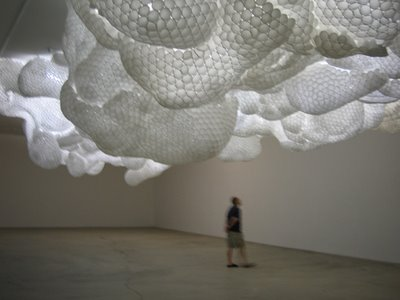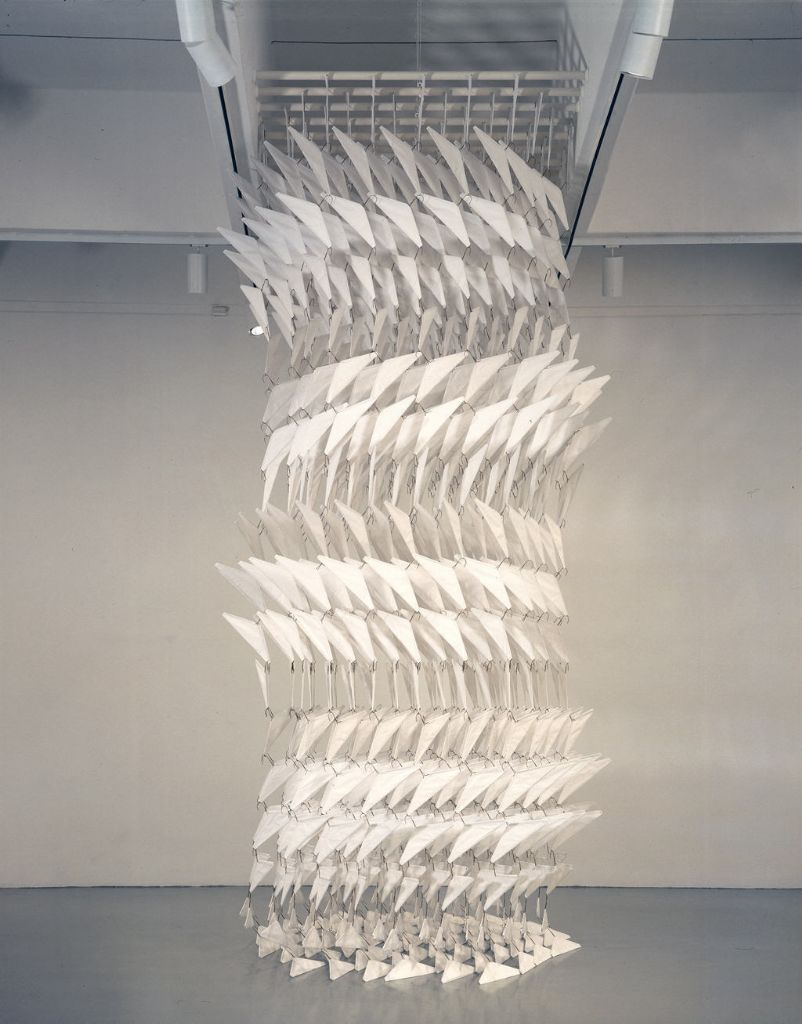On the sixth visit we talked about what art is and how artists use non-traditional materials. I asked the students how they would define art. They generally agreed that art was something creative that expressed your feelings. I told them that some people have different definitions of art and that throughout history there have been many arguments about what art is. We discussed two works that have been seen differently over time based on culture changes and that they could still been seen in different lights today.We talked about Vincent Van Gough's Stary Night.

Today it is revered but in his time it was seen as poor painting. Today people who value emotions in painting respect Van Gogh's work highly. However, formalists might argue that it is a lesser painting for trying to be emotional and depictive. We then went back to the greek pottery we had learned about before.

I pointed out that some people do not see anything functional as art where as the greeks used these pots everyday and made no distinction between art and craft.
I then asked if art has to be made by the artists to be art. We talked about installation art with Tara Donovan and
Dan Steinhilber.

 Tara Donovan Dan Steinhilber
I told them that often installations are done by museum workers and that the artist sends the plans for the work but does not physically create it.
Tara Donovan Dan Steinhilber
I told them that often installations are done by museum workers and that the artist sends the plans for the work but does not physically create it.
We then examined the materials used by Donovan and Steinhilber. The students where shown many pieces of these artists' work and asked to guess what material was being used in each. We talked about the cheapness of the materials used and how what you do with materials can transform them.
With the remaining time students were challenged to make as many different thing as they could out of plastic straws and post-it notes. They were going to use these materials the next time and they need to figure out how to attach them, how to change their shapes, and what other materials they could use in order to make a sculpture the next time.
































.jpg)


.jpg)
.jpg)